A 1,500-Year-Old Holy Well Probably With Healing Water – Discovered In Bulgaria
Conny Waters – MessageToEagle.com – A 1,500-year-old holy well of the Early Christian monastery on the St. Ivan Island was discovered at a depth of almost 5 meters by a team of archaeologists led by Prof. Kazimir Popkonstantinov, an expert in Christian archaeology from Veliko Tarnovo University “St. Cyril and St. Methodius”. It was built on top of an ancient Greek temple of Apollo.

The island St. Ivan. source
The same group of archaeologists is credited with the discovery of a reliquary containing (small bone particles from a skull, a jaw bone, an arm bone, and a tooth) – holy relics of St. John the Baptist ten years ago.
Today, the relics are kept at St. Cyril and St. Methodius Church in Sozopol.
The St. Ivan Island was considered a sacred place for the ancient Thracians, who built here their sanctuary there in the 7th century BC. In the early Middle Ages, a large monastery was built here. In 1308, it was given the status of an imperial monastery. In the middle of the 15th century the monastery was demolished, only to be rebuilt a few years later.
In 1629 the Ottoman Turks demolished it again, to make sure it wouldn’t serve as a shelter for the pirates, hunting in the Black Sea waters.
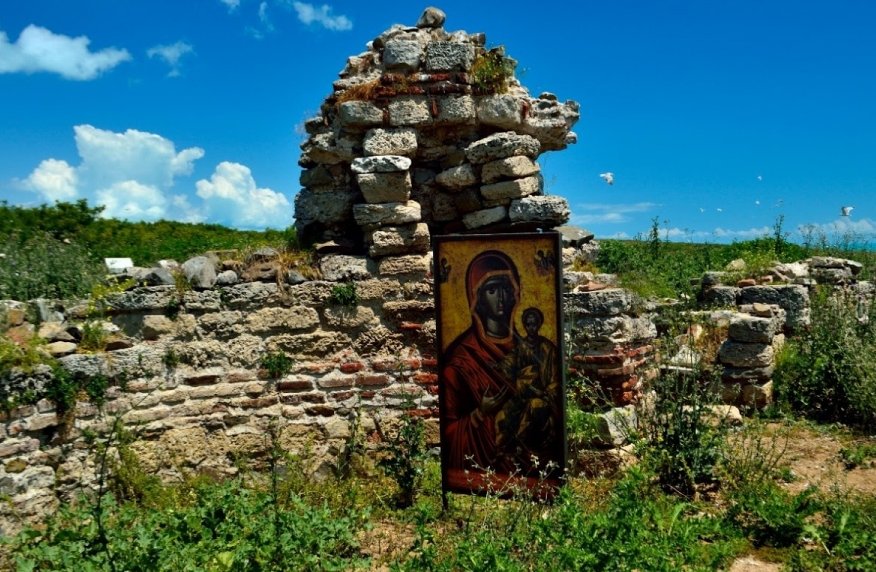
The island St. Ivan. source
During the 2020 archaeological excavations of the Early Christian monastery, the team has found further evidence of civilized life on the Island as early as the 6th century BC, which is the period when Ancient Greek settlers founded Apollonia Pontica, the predecessor of today’s Sozopol town.
In a press release from Archaeology in Bulgaria, Popkonstantinov said that his team has reached the “respectable” depth of 4.7 meters, but still has not reached the beginning of the holy well (also called ‘ayazmo’), however, they successfully excavated both the western and the eastern facades of the well.
He also said that the holy well, is approximately 7 meters wide, and 7.8 meters long. Its walls are about 1.1 meters wide and are made of stones with brick arcs.
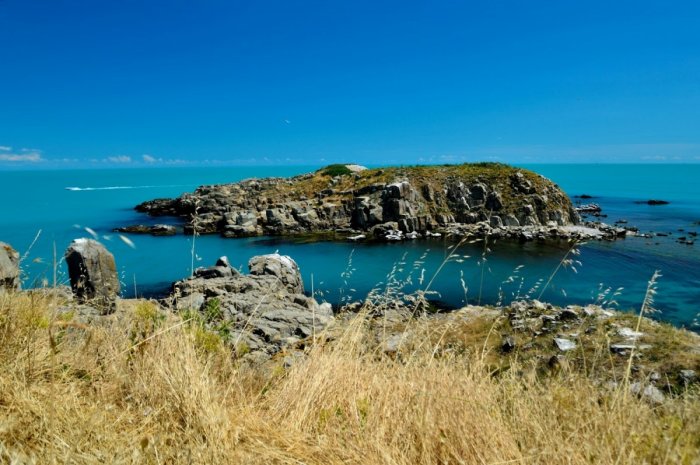
The island St. Ivan. source
The nearby St. Cyricus Island (now technically a peninsula linked to the Bulgarian mainland) was once also part of ancient Apollonia Pontica, the city, founded by Milesian colonists at the end of 7th century BC. It was named Apollonia Pontica in honor of the patron deity of Miletus, Apollo.
Despite being one of the largest and richest ancient Greek colonies in the Black Sea region, Apollonia Pontica was famous in Antiquity because of the colossal statue of Apollo, a large, 13-meter-tall bronze statue of ancient Greek god Apollo towering in the harbor of the Greek colony for four centuries before it was seized by the Romans and taken to Rome.
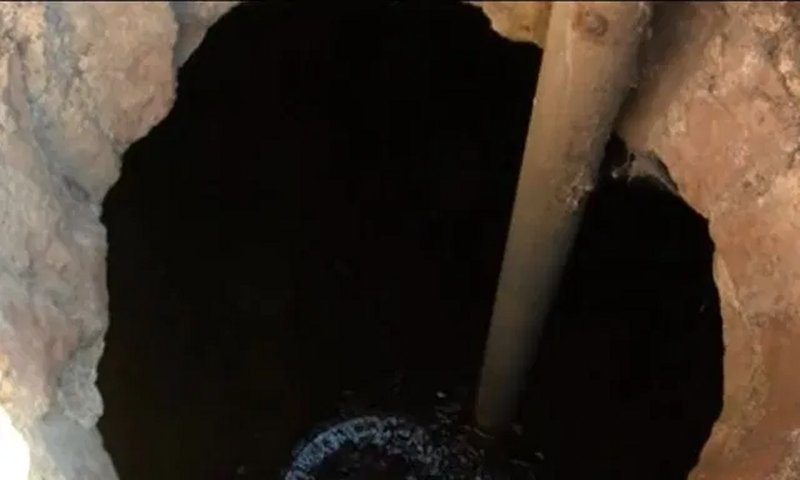
The fresh water inside the newly uncovered structure of the holy well, or ayazmo, of the 4th – 5th century AD Early Christian monastery on Bulgaria’s St. Ivan Island. Photo: Video grab from bTV
The statue was created by the celebrated Greek sculptor Calamis.
“The [structure] was likely connected with the idea of the holy water which heals and protects. Many monasteries in the history of Orthodox [Christianity] here in the Balkans are connected with such water springs calls ayazmos. This one here is truly impressive in terms of architecture,” said Assoc. Prof. Rosina Kostova, chief of the Archaeology Department at Veliko Tarnovo University “St. Cyril and St. Methodius,” adding that the ‘ayazmo’ contained its water, and no doubt is a very important feature of the Early Christian monastery due to its longevity as it was in use for more than 12 centuries.
Written by Conny Waters – AncientPages.com Staff Writer

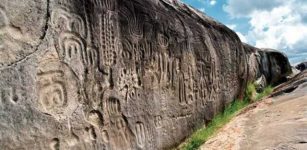




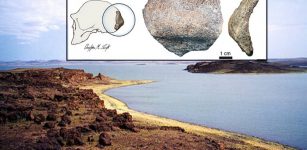


![The Second Triumvirate was legally established for reestablishing the public welfare] in 43 BC for five years; it was renewed in 37 BC The members were Octavian (Augustus), Marc Antony, and Marcus Aemilius Lepidus (d.13 BC).](https://www.messagetoeagle.com/wp-content/uploads/2016/02/Triumvirate12-307x150.jpg)
